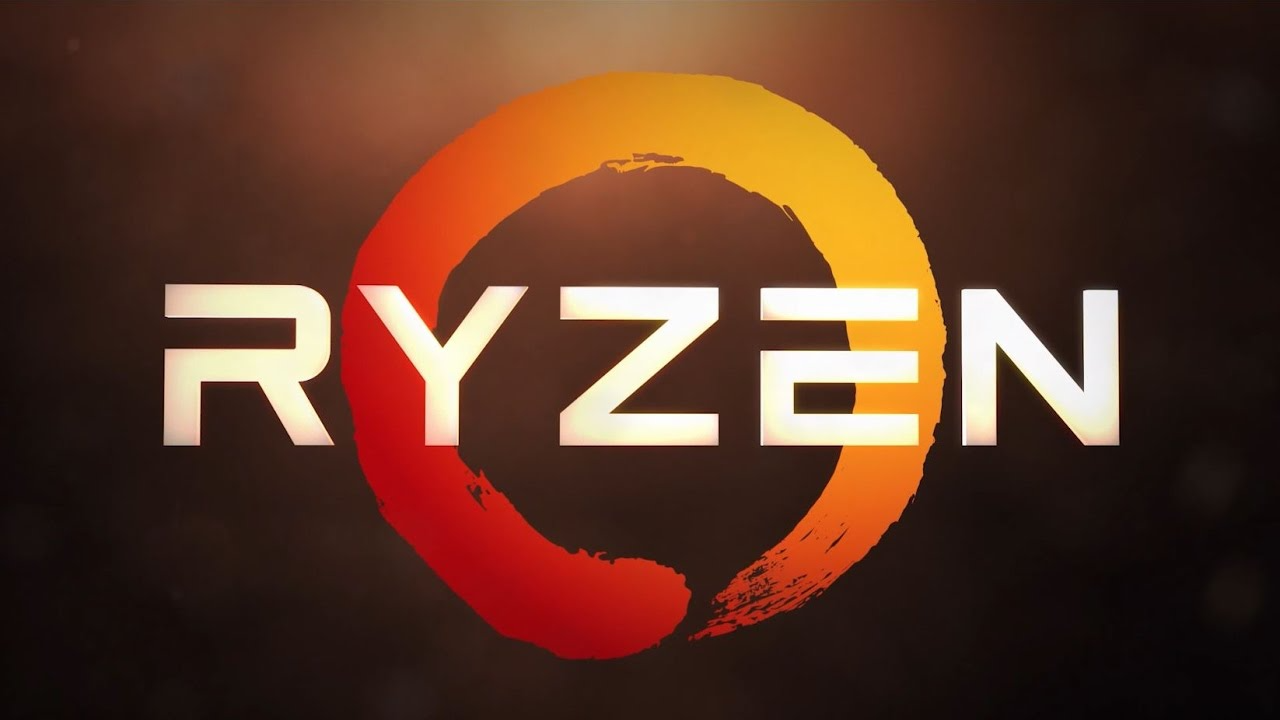You’ve watched the news reels and read the headlines: data breaches crippling global supply chains, ransomware gangs holding critical infrastructure hostage, and nation‑state actors probing the boundaries of cyber warfare. In response, organizations across every industry—from tech giants to small community hospitals—are in a relentless scramble for cybersecurity talent. Yet despite this voracious demand, many hopeful professionals find themselves stuck, unsure of the path forward, weighed down by conflicting advice from recruiters, educators, and online forums.
🔒 This guide is different. It cuts through theory, buzz, and gatekeeping to provide a clear, narrative‑driven blueprint for landing your first (or next) cybersecurity role in 2025. We’ll walk through not only the technical skills you need but the mindset shifts, networking tactics, and storytelling techniques that will set you apart. By the end, you’ll have both the strategic overview and the tactical details to approach your job hunt with confidence and purpose.
1️⃣ Stop Submitting Resumes—Start Telling a Story 🎤
Imagine you’re the CISO of a mid‑sized healthcare company. You just woke up to alerts: suspicious data exfiltration on your endpoint detection system and an odd VPN login from an overseas IP. Panic. Your security operations center is swamped, and the leadership team is demanding answers. In that moment, they need someone who can clearly articulate a plan: triage the incident, isolate threats, communicate to stakeholders, and restore operations without further damage.
When you apply, you must prove you can be that person. A dry resume listing “Proficient in Kali Linux” won’t cut it. Instead, craft a narrative: publish a blog post recounting how you discovered lateral movement in a TryHackMe lab by correlating Windows event logs and network captures, detailing each command you ran in Splunk and Wireshark, and summarizing your remediation recommendations. Share the link in your application and social media. Suddenly, you’re not “someone interested in cybersecurity”—you’re “the person who solved a simulated breach and communicated the outcome effectively.”
This storytelling approach operates on two levels:
- Technical Proof: You demonstrate your skills in a real scenario.
- Communication Strength: You showcase the ability to explain complex issues clearly—an often‑overlooked but critical trait.
2️⃣ Build a Home Lab That Feeds Your Curiosity 🏗️
Every dedicated security professional I’ve met has a home lab—a safe, sandboxed environment where they can break things, learn deeply, and document their journey. This lab becomes your personal proving ground. It might start simply:
- A laptop running VirtualBox hosting two VMs (one Kali Linux attacker, one vulnerable Windows server victim).
- Expand by adding a third VM as a Linux web server and introducing realistic network segmentation with virtual switches.
- Spin up an AWS Free Tier instance to experiment with security groups and IAM roles.
But the true power of your home lab lies in purposeful exploration. Instead of randomly installing tools, design challenges for yourself: configure a misconfigured SMTP server that allows unauthorized relay. Capture the email packets, analyze header anomalies in Wireshark, and write a script to automate detection of similar misconfigurations across multiple servers. Then, write a multi‑paragraph lab report describing the vulnerability, your investigative process, and a recommended patch. Publish it on GitHub Pages or a personal blog. This cycle of build ➔ break ➔ analyze ➔ share fuels both your skill development and your public portfolio.
Moreover, your lab serves as an ongoing source of content. Each new discovery becomes a case study you can share in interviews, on LinkedIn, or at meetups. It’s not just about ticking boxes on a skill list—it’s about internalizing concepts by teaching others through your documented experiences.
3️⃣ Go Beyond Tool Familiarity—Master the “Why” Behind Each Command 🔍
In the cybersecurity industry, proficiency isn’t measured by memorizing a tool’s interface; it’s defined by how deeply you understand the mechanics and motivations behind every action.
- Nmap Deep‑Dive: When you run nmap -sV -O target_ip, don’t just note open ports. Research why TCP port 80 responds differently than port 443 under specific timing options. Explore how packet fragmentation evades simple intrusion detection systems.
- Burp Suite Analysis: Beyond automated scans, intercept an HTTP request, alter headers, and document why certain payloads elicit 500 errors versus 200 OKs. Write a 400‑word case study on parameter pollution attacks, including step‑by‑step explanations and insights into modern web framework responses.
Each deep‑dive should be at least a few hundred words, weaving together context (the scenario), methodology (steps taken), outcomes (results and observations), and reflections (what you learned and how you’d improve). These write‑ups become pillars of your portfolio, showcasing both technical and critical‑thinking capabilities.
4️⃣ Specialize Early—Become the Go‑To Expert in Your Chosen Domain 🎯
By 2025, hiring managers seek specialists, not generic “infosec generalists.” Decide whether you’re:
- 🔵 Blue‑Team Defender: Incident response & threat hunting.
- 🔴 Red‑Team Aggressor: Exploit development & social engineering.
- ☁️ Cloud Security Engineer: Hybrid environment protection & DevSecOps.
Once you choose, lock in:
- Blue‑Team Path: Consume weekly threat intelligence, automate ingestion of IOC feeds into a homegrown SIEM, write detailed triage playbooks.
- Red‑Team Path: Develop custom Metasploit modules, orchestrate multi‑layered phishing campaigns, publish in‑depth attack narratives.
- Cloud Security Path: Experiment with misconfigured IAM roles, expose S3 buckets intentionally, and build Terraform scripts enforcing secure defaults.
Early specialization signals to employers that you possess actionable expertise and connects you with niche communities—Slack channels, Discord servers, and LinkedIn groups—where specialists gather. Those connections often translate into referrals before roles even hit the job boards.
5️⃣ Craft a Story‑Driven Portfolio—the Heart of Your Application 📂
Your portfolio should read like a curated anthology of your cybersecurity journey, with each project telling a compelling story:
- Project Title & Context
“Incident Response: DNS Tunneling Detection in a Simulated Corporate Network.” Explain why it matters: “DNS tunneling attacks exfiltrate data under the guise of legitimate traffic.” - Methodology
Describe step‑by‑step actions: capturing packets with Zeek, filtering anomalous DNS queries in Splunk, and blocking exfiltration with a custom Snort rule. Embed screenshots of Wireshark filters and Splunk dashboards; paste code snippets of your Python scripts. - Results & Analysis
Summarize findings: how the attack worked and why your detection measures were effective. Use graphs or tables (screenshots or ASCII) to show packet volume spikes or log event frequency. - Lessons Learned & Next Steps
Reflect on surprises, tooling limitations, and how you’d scale this detection method in a real enterprise environment.
Each entry should be 300–500 words, weaving narrative elements—why you tackled the challenge, obstacles faced, and moments of insight—so that reviewers feel engaged rather than overwhelmed by dry technical lists.
6️⃣ Network Strategically—Skip the Job Boards 🤝
Relying solely on job boards in 2025 is like fishing with an empty hook. Instead, anchor your job hunt in relationships:
- Industry Conferences & Meetups 📅
Volunteer as a speaker or panelist. Presenting one of your portfolio projects publicly elevates your profile among hiring managers. - Infosec Slack & Discord Communities 💬
Contribute high‑value answers, share your case studies, and ask insightful follow‑up questions. Over time, members recognize your expertise and refer you to roles. - Alumni Networks & Informational Interviews 📧
Identify niche professionals on LinkedIn. Request a brief 15‑minute chat to learn about their work. Follow up with a personalized thank‑you referencing a specific insight from your conversation.
This network‑first approach transforms your career search from a blind application spree into targeted outreach where your reputation precedes you.
7️⃣ Align Certifications with Demonstrated Expertise 📜
Certification fatigue is real—packing your wall with every acronym won’t impress hiring managers unless you back it up with practical experience. Instead, align certs with completed projects:
- CompTIA Security+ 🔑
Earn it after documenting a comprehensive risk assessment in your lab and sharing a 600‑word blog post. - eJPT / PNPT ⚔️
Validate hands‑on pentesting skills, then record a 10‑minute walk‑through video explaining your methodology. - OSCP 🏆
Tackle it once you’ve built multiple end‑to‑end exploit chains in your home lab and can write detailed 1,500‑word exam reflections.
This synergy ensures that when certifications appear on your LinkedIn profile, they resonate as evidence of depth and authenticity.
8️⃣ Own the Interview by Sharing Your Personal Narrative 🎙️
By the time you land an interview, your portfolio and network have primed the hiring team. Now, deliver an experience that feels like the next chapter of your story. Use STAR—but elaborate:
- Situation 📍
“During my cloud security deep‑dive, I discovered that a temporary IAM role was left unrestricted for 48 hours.” - Task 🎯
“Identify any sensitive data exposure and remediate permissions.” - Action 🛠️
“I used AWS CLI to list all active session tokens, correlated them with CloudWatch logs, drafted a policy document, implemented it via Terraform, and validated changes with a custom Python script.” - Result 📊
“We reduced over‑privileged roles by 85%, and my remediation playbook was reused by three teams across the organization.”
This multi‑paragraph storytelling demonstrates not just what you did, but your critical thinking, communication, and impact.
9️⃣ Cultivate Soft Skills—Your True Differentiator 🎯
In high‑stakes security roles, technical prowess is expected, but you’ll be judged just as heavily on soft skills:
- Communication 🗣️
Practice explaining complex attacks in plain English to friends or family. Record yourself delivering security briefings and refine your clarity. - Collaboration 🤝
Work on open‑source security projects or join local red/blue‑team initiatives. Demonstrating teamwork during mock drills signals you’ll thrive in real incident responses. - Curiosity & Resilience 🔄
Share moments of failed exploits or broken scripts in your blog. Detail how you pivoted and what you learned—this honesty reveals grit and a continuous learning mindset.
When interviewers ask, “Tell me about a time you made a mistake,” your candid, multi‑paragraph narrative about a failed lab exercise and your systematic path to correction showcases humility and growth.
🔟 Treat Your Career as a Living Lab—Keep Publishing & Mentoring 🌱
Landing the job is just the beginning. In the ever‑evolving landscape of cybersecurity, complacency means obsolescence. You must continue to build, break, and share:
- Quarterly Threat Reports 📑
Publish concise reviews of emerging ransomware families, supply‑chain vulnerabilities, or critical zero‑day exploit disclosures. Frame each report with business impact and recommended mitigations. - Open‑Source Contributions 🛠️
Submit pull requests to popular security tools or maintain a small but impactful Python library for log parsing. Document your pull requests as mini‑case studies. - Mentorship & Teaching 👩🏫
Host free monthly webinars or local workshops teaching basic SOC operations to newcomers. Each session reinforces your expertise and expands your professional network.
This sustainable cycle of creation, collaboration, and contribution cements your reputation and ensures that, in the next wave of hiring, you’re not a passive applicant—you’re an industry thought leader.
🌟 Final Words of Wisdom 🌟
Breaking into cybersecurity in 2025 is not about collecting credentials or memorizing tool documentation; it’s about embodying the ethos of a defender or ethical attacker—curious, communicative, collaborative, and relentless. By telling a story that demonstrates your impact, building a purposeful home lab, mastering both technical and soft skills, and treating your career as a living lab, you stand out not as “another candidate,” but as the candidate organizations compete to hire.
🔑 Start your journey today: pick one lab challenge, write the first detailed blog post, and share it with your network. That single action can ripple through your portfolio, your connections, and, ultimately, your career—bringing you one step closer to the cybersecurity role of your dreams.
Written by Tahsin Tariq | Habitable solutions
People also searched for :
- How to get a cybersecurity job in 2025
- Is cyber security a good career in 2025?
- How to start a career in cybersecurity with no experience?
- What is a cyber security salary?
- What are entry level cyber security jobs?






